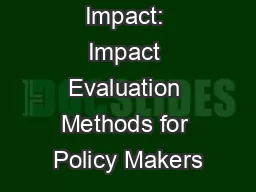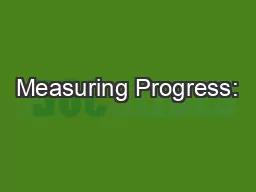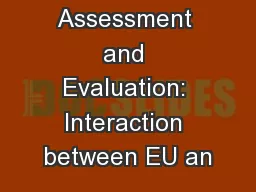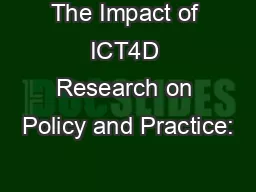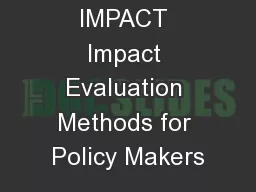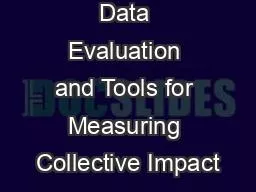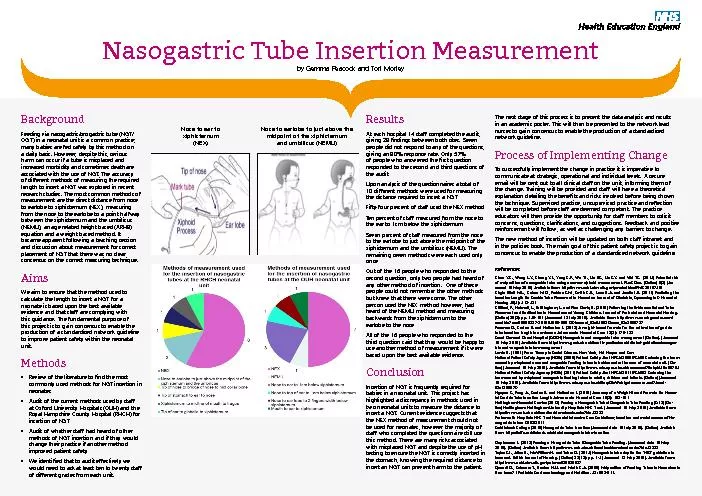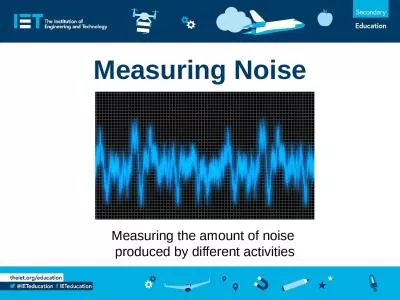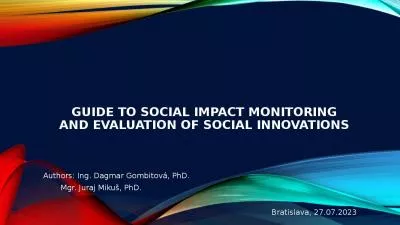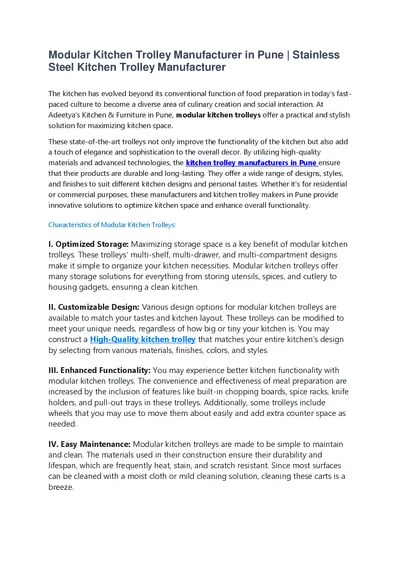PPT-Measuring Impact: Impact Evaluation Methods for Policy Makers
Author : ellena-manuel | Published Date : 2018-03-11
Paul Gertler UC Berkeley Note slides by Sebastian Martinez Christel Vermeersch and Paul Gertler The content of this presentation reflects the views of the authors
Presentation Embed Code
Download Presentation
Download Presentation The PPT/PDF document "Measuring Impact: Impact Evaluation Meth..." is the property of its rightful owner. Permission is granted to download and print the materials on this website for personal, non-commercial use only, and to display it on your personal computer provided you do not modify the materials and that you retain all copyright notices contained in the materials. By downloading content from our website, you accept the terms of this agreement.
Measuring Impact: Impact Evaluation Methods for Policy Makers: Transcript
Download Rules Of Document
"Measuring Impact: Impact Evaluation Methods for Policy Makers"The content belongs to its owner. You may download and print it for personal use, without modification, and keep all copyright notices. By downloading, you agree to these terms.
Related Documents

